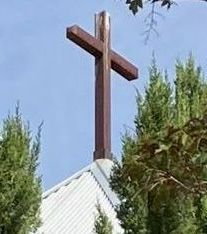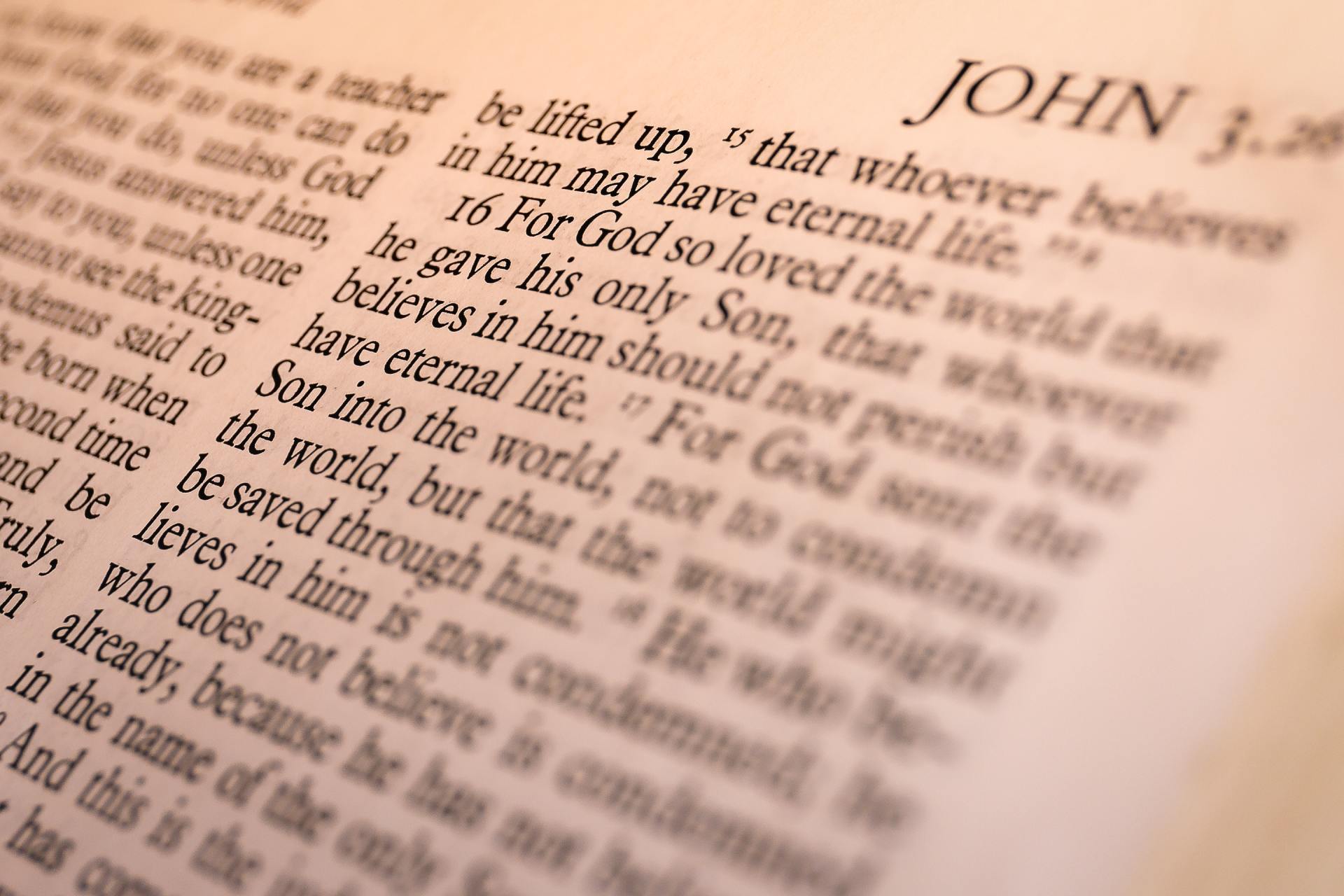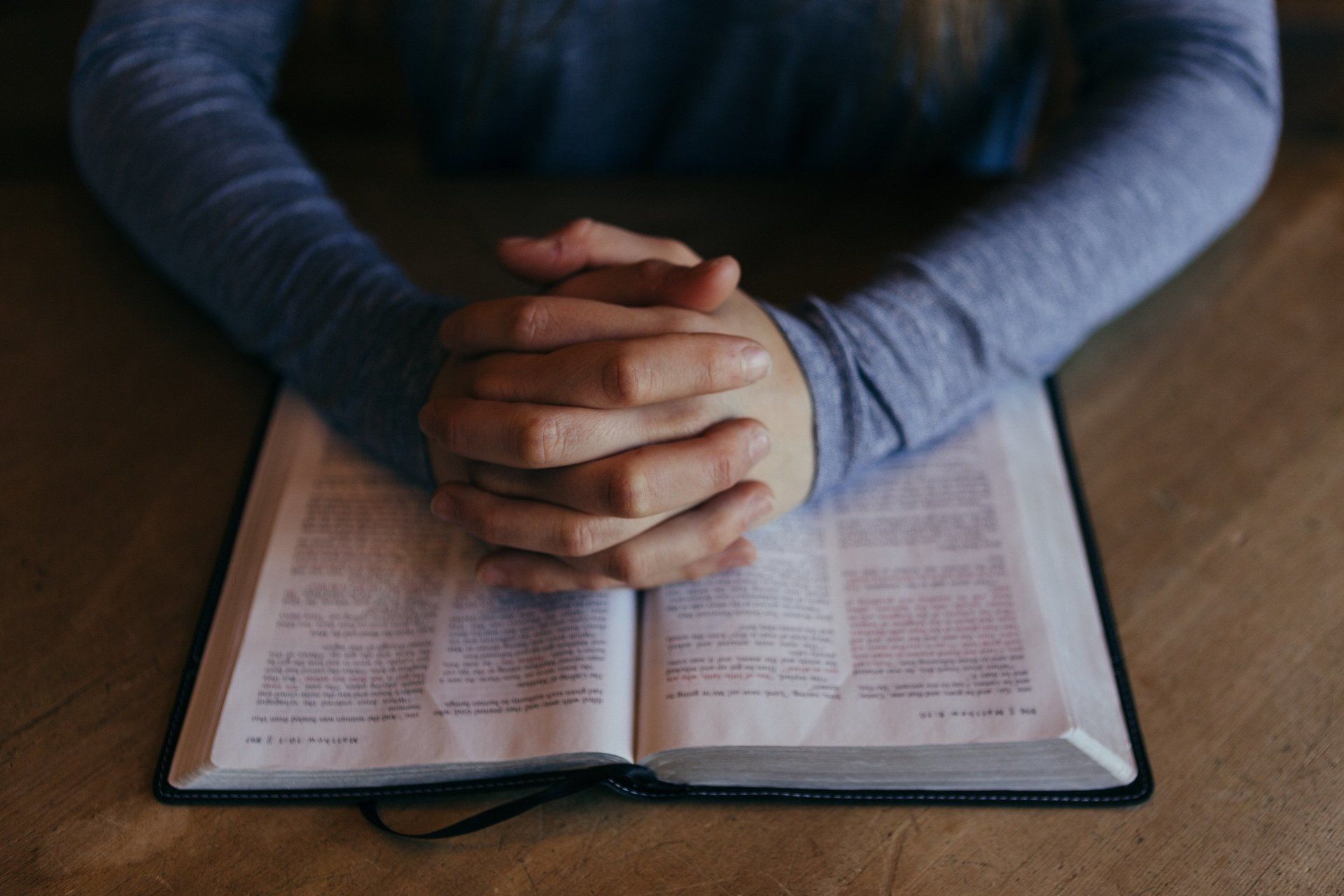Baptism
Amen, amen, I say to you, no one can enter the kingdom of God without being born of water and Spirit. (John 3:5)
There are three stages that the Church sees in a person’s journey into the Church Christ founded which correspond to one’s ability to understand and choose the Catholic faith. They are: Infant Baptism (which is for children under the age of seven); the Baptism of a Child (which can be between the ages of 8 and 16 and requires special formation for that child); and, for a person older than 16 or the Baptism of an Adult (who is to be fully initiated into the Faith through the rites of Christian initiation).
Important Documents for Baptism here at Immaculate Conception
Baptism in the Catholic Church Form
Questionnaire for Sacramental Sponsors
Infant Baptism FAQs
The sacrament of baptism ushers us into the divine life, cleanses us from sin, and initiates us as members of the Christian community. It is the foundation for the sacramental life.
At baptism, the presider prays over the water:
Freed from Sin
Baptismal Symbols
- Water – The waters of baptism recall Jesus’ own baptism by John the Baptist in the river Jordan. Water is a symbol of cleansing and renewal as we begin a new life in Christ. We are washed clean of sin.
- Oil – At baptism we are anointed into the life of Christ as “priest, prophet and king.” A cross is traced on the candidate’s forehead as a reminder that we are inheritors of the Kingdom of God.
- Light – The baptismal candle is lit from the Paschal or Easter candle that stands in the church as a sign of Christ’s light in the world. At baptism, we receive the light of Christ and are called forth to share this light with the world.
- White garment – The white garment that is placed upon us at baptism is a symbol of Christ’s victory over death and his glorious resurrection. Likewise, the white garment or pall that is placed over the coffin at the time of death recalls our baptismal promises and reminds us that we are destined for eternal life.
While in ordinary circumstances, sacraments in the Catholic Church are administered validly by a member of the ordained clergy, in an emergency situation, the sacrament of baptism can be administered by anyone.
In case of necessity, any person can baptize provided that he have the intention of doing that which the Church does and provided that he pour water on the candidates head while saying: “I baptize you in the name of the Father, and of the Son and of the Holy Spirit" (CCC 1284).




